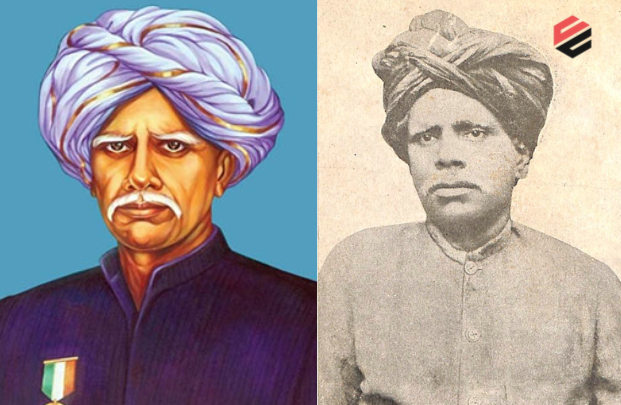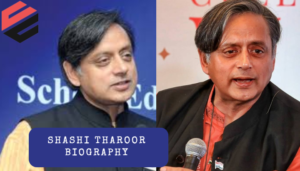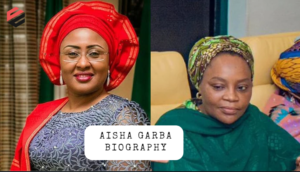
Kandukuri Veeresalingam Biography – Kandukuri Veeresalingam was an extraordinary figure whose life and work left an indelible mark on Indian society, particularly in the Telugu-speaking regions. As one of the pioneering social reformers of his time, he championed causes such as women’s education, widow remarriage, and fought against regressive practices like child marriage and the dowry system. His contributions to literature and social reform earned him the title of the father of the Telugu Renaissance movement.
The following article by CityCeleb Media tackles all you need to know about Kandukuri Veeresalingam. Get to know about his wife, parents, born place, net worth etc.
Kandukuri Veeresalingam Biography
Who was Kandukuri Veeresalingam? This is a question that many may ask, especially those interested in the social and literary history of India. Veeresalingam, born on April 16, 1848, in Rajamahendravaram, India, was not just a social reformer but also a prolific writer who laid the groundwork for the Telugu Renaissance. His life story is a testament to his dedication to societal transformation and education.
Early Life and Education
Kandukuri Veeresalingam was born into a Telugu-speaking Brahmin family in the town of Rajahmundry (now Rajamahendravaram), which was part of the Madras Presidency under British India. His parents, Subbarayudu and Poornamma, had to face a major setback when Veeresalingam contracted smallpox as an infant. Tragically, when he was just four years old, his father passed away. Following this, he was adopted by his paternal uncle, Venkataratnam, who took charge of his upbringing and education.
Family Background
Veeresalingam’s early life was marked by personal challenges, including his battle with smallpox and the loss of his father. Despite these adversities, his family placed a strong emphasis on education. Initially educated in a local street school, Veeresalingam later attended an English medium school, where his academic prowess and good nature earned him the best student award.
First Steps in Social Reform
Veeresalingam’s journey as a social reformer began in earnest after he completed his matriculation in 1869 and secured his first job as a teacher in Korangi village. Witnessing the social evils and the plight of women in his community, he became deeply motivated to bring about change. His efforts were not just confined to advocacy but also involved practical initiatives to address these issues.
Promoting Women’s Education
One of Veeresalingam’s most significant contributions was his relentless advocacy for women’s education. At a time when educating women was not widely accepted, he founded a school in Dowlaiswaram in 1874 specifically for girls. His vision was to empower women through education, believing that educated women could contribute significantly to the progress of society.
Advocating Widow Remarriage
Another revolutionary step taken by Veeresalingam was promoting the remarriage of widows. In a society where widowhood was often stigmatized and widows were subjected to severe restrictions, Veeresalingam’s stance was radical. He organized and supported numerous widow remarriages, challenging the orthodox norms and encouraging others to follow suit.
Fighting Against Child Marriage and Dowry
Veeresalingam was also a vocal critic of child marriage and the dowry system, practices that were deeply entrenched in the society of his time. He used his writings and public speeches to raise awareness about the detrimental effects of these practices on women’s lives. His advocacy played a crucial role in initiating discussions and movements against these social evils.
Contributions to Telugu Literature
Apart from his social reform activities, Veeresalingam was an accomplished writer. His novel, “Rajasekhara Charitramu,” is considered the first novel in Telugu literature. This work, along with his other literary contributions, earned him the title “Gadya Tikkana” or “the Tikkana of Prose,” highlighting his prowess in prose writing.
Establishing Educational Institutions
Veeresalingam’s commitment to education extended beyond women’s education. He was instrumental in constructing the ‘Brahmo Mandir’ in 1887 and the ‘Hithakarini School’ in 1908 in Andhra Pradesh. These institutions became centers of learning and played a significant role in the educational upliftment of the region.
Legacy and Recognition
Kandukuri Veeresalingam’s legacy is multifaceted. He is often compared to Raja Ram Mohan Roy, another prominent social reformer, and is regarded as the father of the Telugu Renaissance movement. His efforts in social reform and education have left an enduring impact, and he is remembered as a pioneer who dared to challenge societal norms for the greater good.
Kandukuri Veeresalingam Wife – Personal Life
Veeresalingam’s personal life was intertwined with his reform activities. He married Kandukuri Rajyalakshmi, who supported him in his endeavors. Together, they worked towards the upliftment of society, particularly focusing on the welfare and education of women.
Death and Posthumous Honors
Kandukuri Veeresalingam passed away on May 27, 1919, at the age of 71. His death marked the end of an era of vigorous social reform and literary excellence. Posthumously, he has been honored and remembered through various memorials and institutions named after him, celebrating his contributions to Indian society.
Conclusion
Kandukuri Veeresalingam’s life is a beacon of inspiration for those who strive to bring about social change. His dedication to education, women’s rights, and his fight against regressive practices have made him a revered figure in Indian history. His work continues to inspire future generations to challenge societal norms and work towards a more equitable society.
FAQs
1. What were the major social reforms initiated by Kandukuri Veeresalingam?
Kandukuri Veeresalingam initiated several social reforms, including promoting women’s education, advocating widow remarriage, and fighting against child marriage and the dowry system.
2. Why is Kandukuri Veeresalingam called the father of the Telugu Renaissance movement?
He is called the father of the Telugu Renaissance movement due to his significant contributions to Telugu literature and his pioneering efforts in social reform that laid the foundation for modern Telugu society.
3. What was Kandukuri Veeresalingam’s first novel, and why is it significant?
His first novel, “Rajasekhara Charitramu,” is significant because it is considered the first novel in Telugu literature, marking the beginning of a new era in Telugu literary history.
4. How did Kandukuri Veeresalingam contribute to women’s education?
He contributed to women’s education by founding a school for girls in Dowlaiswaram in 1874, thereby promoting the idea of educating women at a time when it was not widely accepted.
5. What is Kandukuri Veeresalingam’s legacy in today’s society?
His legacy in today’s society includes his role as a pioneering social reformer who challenged regressive practices and worked tirelessly for the upliftment of women and education. His contributions continue to inspire social reform movements in India





